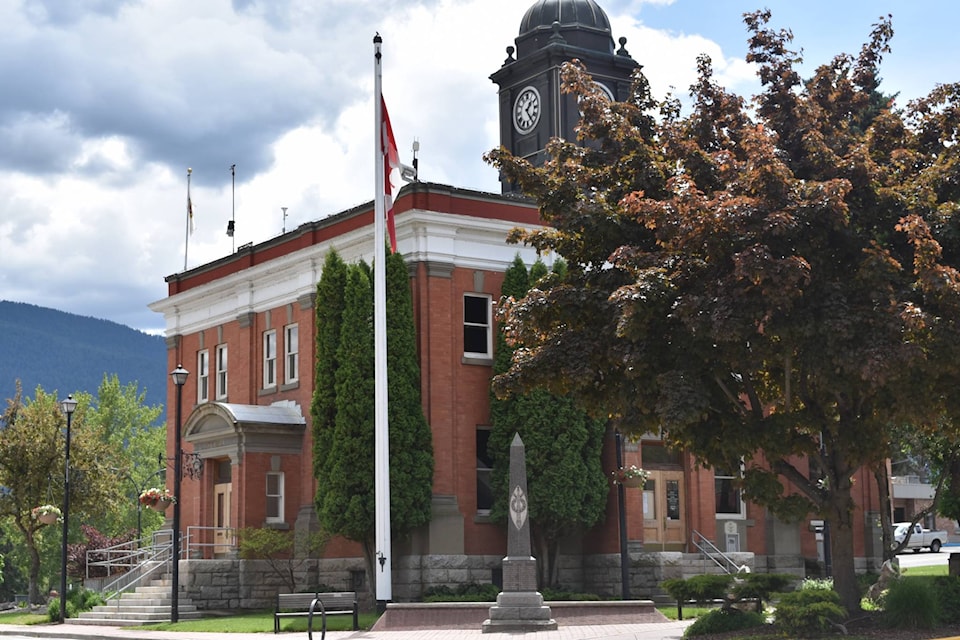The City of Grand Forks brought in a consultant last week to begin preparing a report about crime prevention strategies the city can take throughout the downtown and industrial areas.
According to manager of building inspections Dave Bruce, crime prevention through environmental design (CPTED) is a theory of design that allows municipalities and other groups to take crime prevention measures through changes in municipal design. Examples to changes in municipal design might include better lighting, making alleys and corridors more visible and increasing pedestrian traffic to discourage crime.
Bruce said he was aware of CPTED through previous work and thought the principles could work well here in Grand Forks. Bruce got the go-ahead to bring a consultant from Kelowna to Grand Forks last week to do a walk-about of the town and identify key areas the city could improve.
The practice is extremely common in the Lower Mainland, Bruce said, as well as in larger municipalities like Kelowna. Since many of the problems in Grand Forks are the same on a smaller scale, Bruce said he thought CPTED could work even though it is new to the area.
David James, a consultant from InSite Design in Kelowna, joined city staff on the walk about in downtown Grand Forks as well as the industrial area around Donaldson Drive.
“Because we are looking at two distinct areas, the solutions I am certain are two entirely different sets, in light of the areas,” Bruce said.
From there, Bruce said the consultant will develop a report and the city can look at beginning to implement CPTED strategies as budget and other factors permit.
Some of the suggestions going forward might be to facilitate a workshop for building owners, creating city-wide crime prevention design guidelines, or even looking at new building applications with CPTED principles in mind.
Bruce said that some of the strategies will likely be easy to implement, but that others could take more time.
“If one suggestion for instance is better illumination in some areas, that cannot be done overnight, but it is my hope that the basic suggestions get implemented as soon as possible, but some of the solutions may take a rather longer time,” he said.
The consultation was funded through the bylaw and building inspection department’s professional services line item in the existing budget.
Bruce said the average person likely will not notice many elements of CPTED design elements in their day to day life. The elements are designed to be subtle and discourage crime – meaning, elements of the design will be noticed by people trying to commit crime.
“I don’t want to say too much [about specific strategies] until we get the report, but it is refreshing to have a different set of eyes look at the potential crime areas and try and come up with solutions to minimize it,” Bruce said. “You will never get rid of it, of course, but you can certainly implement strategies to keep it to a minimum.”
